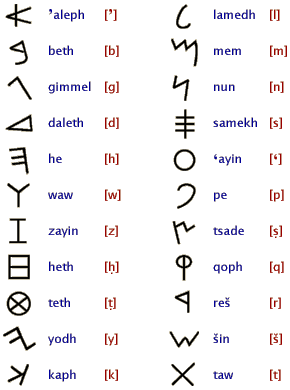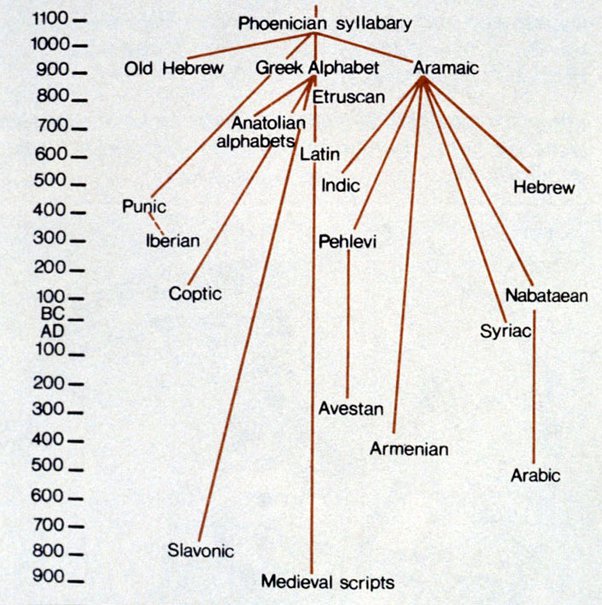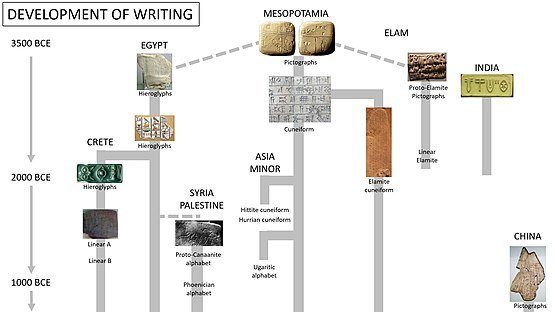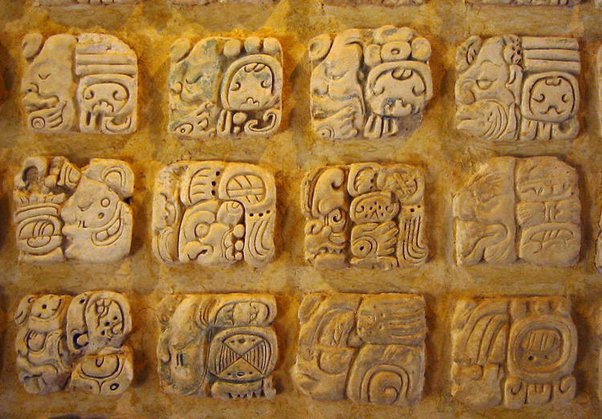While there have been notably successful logographic writing systems, there are specific reasons why the non-phonetic Chinese characters have survived while overall the “phonetic revolution” that gained impetus from the success of the Phoenician alphabet has spread worldwide.
In considering the question we must ask both why the phonetic system took over, and why the Chinese characters retained their non-phonetic dominance, particularly within the sphere of Chinese languages.
Nearly every phonetic alphabet in the world can trace its ancestry back to the 22 symbols of the Phoenician alphabet (also known as the Proto-Sinaitic or Proto-Canaanite alphabet).

This innovation made reading and writing a much simpler task than earlier writing systems. Perhaps equally as important, the Phoenicians, being highly successful merchants, had a means to spread their writing system through their Mediterranean and Middle Eastern trading networks. The phonetic revolution went in two directions. The first was into Greek, and subsequently Latin and Cyrillic and other alphabets in which all vowels are included as standard letters along with the consonants. The second branch was into Aramaic, Hebrew, Arabic and other alphabets in which certain vowel sounds are not standard letters. In these “abjad” alphabets, a system of diacritical marks was developed as an add-on to the standard letters (note that Aramaic essentially became Hebrew, replacing what is called the Old Hebrew alphabet). These marks are not required by the writing system, but can be used in order to indicate all vowel sounds. Alphabets such as Coptic and Ethiopian Ge’ez and the precursor to most South Asian alphabets, Brahmi (labelled on the chart below as Indic), also derive from Aramaic and its descendants (the origins of Arabic are a bit more complicated than on the chart, but that’s for a different answer on a different day).

With the rise of phonetic alphabets the non-phonetic writing systems died out. Egyptian hieroglyphics and the unrelated Mayan glyphs and all the cuneiform writing systems (phonetic or not) are long gone. Phonetic writing systems make sense. They require far fewer symbols, are easier to learn and easier to write, and the alphabets can be altered or new ones created to match the phonetic requirements of any language.
By the time that the ancient Egyptian Hieratic writing system was transformed in 1050 BCE into the far simpler Phoenician alphabet, a number of writing systems had already been in wide use in the ancient world. These included various versions of the cuneiform script, Egyptian hieroglyphs as well as the hieratic, and a Cretan form of hieroglyphs. The Phoenician innovation was almost immediately recognized as a practical innovation, but rather than use the writing system in exactly the same form, each language group adopted the alphabet for its own use. In one direction the alphabet went in the wayof Greek, Latin and Cyrillic. In the other direction it became Aramaic (which became the standard Hebrew alphabet) and was adapted for a plethora of other Semitic languages, including a complicated path to Arabic script. The Indic branch, in the form of Brahmi, became the precursor to the South Asian scripts, Tibetan and Thai. Notably all of these regions were in contact with one another in the contiguous zone of trading and interlocking Empires and nations that ran from the Mediterranean into the Horn of Africa, the Middle East and Persia, and overland and via monsoon-driven trade routes to South and Southeast Asia. While China has never been as completely isolated as legend would have it, the trade routes across Central Asia were formidable. Scholars debate whether the Chinese writing system was informed by knowledge of the Mesopotamians, but it is likely to have been an independent invention. Even if it were not totally independent, it followed its own development pathway from its inception.

The Chinese writing system, while not quite as old as the ancient Middle Eastern/North African scripts, is still in full use by over a billion people. At the outset, Chinese operated in a sphere where there were no other writing systems, thus setting it apart from the more complex nexus to the west. In addition there have been specific reasons for the ongoing persistence of Chinese characters that do not match the circumstances of other languages. (Note: In referencing the characters I am calling them “Chinese” as this is indisputably the origin of all the symbols. Nevertheless, these same characters, being non-phonetic, are also in use to greater or lesser degree by other languages, most notably Japanese.)
Reasons for the ongoing success of Chinese characters:
- Cultural history: over the course of time each character has gained layers of meaning. Being first and foremost symbols, and only secondarily “words”, the characters hold vast stores of cultural memory. Anyone who has gained even a small sense of the resonances within a character will instantly notice the paltry comparison with the phonetic replacement. In addition, the writing of the characters, in the form of calligraphy, is one of the highest art forms in East Asian cultures.
- Homonyms: the various forms of the Chinese language share the fact that there are many, many words with exactly the same pronunciation. This is true even when tonality is taken into consideration. A phonetic writing system cannot distinguish between all these words, whereas a character gives instant recognition as to what word is being referenced.
- Political unity: China is a vast place and the number of variants of the language is enormous. The “dialects” of Chinese can be much farther apart than various European “languages” and mutually unintelligible. A non-phonetic writing system, that could be read by someone speaking any dialect, has been a major contributor to political unity. Any phonetic writing system, such as pinyin, must be written in a specific form of the language. The standardization of Chinese characters under Qin rule (221–206 BCE) was a political act among many instituted by the Qin ruler to exert solid political control. The diversity of China, and the need to exert unified imperial or central government control over a large area has only magnified in the millennia since.
- History again: If the writing system were changed—as, for example, was done in Turkey when Arabic script was dropped in favor of a Romanization system—subsequent generations are cut off from being able to read the past. The thought that all of the vast trove of inscriptions and books of Chinese history, not to mention the treasure of Chinese calligraphic art, would be severed from the majority of the population is nearly unthinkable. Chinese characters are not easy to learn. If they were no longer taught on a regular basis, the majority of people would never learn them.
- Success: Japanese uses two phonetic scripts, Latin letters, and between 1000 and 3000 Chinese characters, and yet Japan boasts nearly 100% literacy. China has made vast strides in improving literacy, now reported at 96% (China: adult literacy 2015 | Statistic). Nearly the entirety of this population can communicate in both the Pinyin Romanization system and in Chinese characters. Therefore use of complex writing systems is no bar to success! Indeed, recent advances in AI (artificial intelligence) algorithms and the use of mobile phones as linked Pinyin and the character system in a way that was previously unimaginable. Hundreds of millions of people are now accustomed to using Pinyin phonetic input and reading Chinese character output.
To summarize: there are specific reasons why Chinese characters are in full use in China and the Chinese language and in partial use in Japan and the Japanese language. In large part this has to do with early success. Chinese characters had no real competition. By the time that other scripts began to be used in proximity to Chinese, the writing system was firmly established culturally, administratively and linguistically.
By contrast, in the western lands competing political empires chose from among a number of evolving writing systems in order to efficiently carry out trade and administration. The Persian empire would have been a strong contender for enforcing a writing system. But the Iranic peoples who dominated power were not strongly attached to using their “home” languages, instead using Aramaic, for example, as a lingua franca acceptable to the majority of its citizens. Nor was the empire attached to the use of a specific writing system for royal edicts or administration, using by turns Elamite, differing forms of Cuneiform, and Aramaic written in the Pahlavi script.
The Indian subcontinent is another place where a dominant script could have been enforced, perhaps for the same political unity motivation as occurred in China. Here, however, instead of maintaining one alphabet, it fractured into many, each language seemingly requiring its own identity in the form of a slightly different variation of the same original system, thus producing Sinhalese, Kannada, Tamil, Tibetan, Gurmukhi, Devanagari and many other related alphabets.

- Mayan glyphs (shown above) are perhaps the closest historical analogy to Chinese characters in terms of longevity, class of writing system, and independence from other scripts. The writing system, which is made up of a combination of syllabic and logographic symbols, was in continuous use from the 3rd Century BCE to the 16th Century CE. Like Chinese characters, its dominance is due to a lack of competition and its use by a diversity of peoples. At least three of the many Mayan languages used the symbols (Ancient Scripts: Maya).
What brought an end to the only other major logographic script to have survived so long? An event so unlikely that it was completely unforeseen by any of the actors, conquerors and conquered alike. The Spanish conquest brought an end to the Mayan script. The meeting of two nearly completely separated parts of the globe and the subsequent conquest of the Americas by the Spanish is unique in human history. No such event occurred to vanquish the Chinese characters and indeed, it is unlikely that a conquest of such vast and unexpected proportions will ever take place again.